
Watermarked Multiple Script CA
Updated - November, 2017
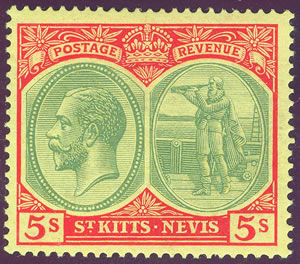
Identifying the St. Kitts-Nevis King George V issues watermarked
Multiple Script CA is primarily a matter of determining the watermark,
and then sorting sorting the color for some of the issues. If that is
not enough of a challenge, you can also look for the watermark varieties
of which there are many. The design was used from 1921 until it was replaced
with the King George VI set in 1938.
The Tercentenary set was issued in 1923 which also affected the use of
these stamps.
If you have trouble determining the watermarks, try looking at them face down against black paper. The stamps watermarked Multiple Crown CA will have sans serif letters with a crown that is narrow and straight edged. The Multiple Script CA watermark has cursive letters and a crown that is more rounded. See the images of the two watermarks below for reference. They are shown as normally seen from the back. All of the stamps in this article are on paper watermarked Multiple Script CA. The stamps were printed with the watermark sideways. The Stanley Gibbons catalogue indicates that the stamps were printed with the watermark showing the Crown to the left of CA. There is a listed watermark variety for the 6d issue, but they could possibly exist for other values. The three images below shows the way the watermark should appear when viewed with the stamp placed face down. There was no stamp printed on paper with the watermark upright, but it is shown so you can see how the image shifts as it is placed with the sideways to the right and to the left.
Once you have determined the watermark, the next step is to sort the surface and for some the paper colors. Color shades can be difficult to sort, especially when you only have a couple of stamps to compare. They typically occur when the stamps are printed after the initial printing. Today we have computer color matching, but during this time it was done by hand with components that might differ from the original ink formula. I like to place the stamps against black and then white paper and view them under a strong light. You really need to look at the back of the stamps to see the paper colors clearly. Please see these web site to view the various King George V era 3d yellow and 5/ yellow backs. The images shown attempt to show the colors, but they do not show them as well as viewing the stamps in person. So use the images as relative indicators.
Once you have determined the watermark and the colors, the next step for the 2-1/2d Ultramarine values is to sort them between ordinary and chalk paper. The initial stamps were printed on ordinary paper. The later issues were printed on chalk coated paper. Although a silver coin will draw a line when rubbed gently against most chalk paper, you can also rub your finger across the face of the stamp. It will slide easily over the chalk coated paper, and will feel like it is catching against the ordinary paper. Another test is the quality of the impression. The chalk treatment was used to insure a better quality printing. For the record, the term chalk is not scientifically accurate, but it is the term that has been used in the catalogs.
Unlike modern stamps which are issued in the millions, definitive sets in the early 1900's were issued very conservatively. I do not have the print quantities for the higher values, but I would expect that about 30,000 of he higher values were printed. Please feel free to add this information if you have it.
The catalog numbers are from the 1980 Commonwealth Five Reigns Catalogue (CW), 2013 Stanley Gibbons Stamp Catalogue (SG) and the 2011 Scott catalog (ST). Some of the catalogues show these issues in different order than you will see them here. The description and print quantities are from the Commonwealth Catalogue. Please contact Bridger & Kay to obtain a copy of this publication. You can access the other publishers using the "Links to British Colonial Stamp Sites" at the bottom of this page.
The images were saved in a larger size and at a higher resolution so you can more easily see the details used in sorting them. Please be patient if it takes a few minutes for this page to load.
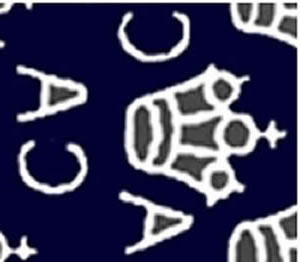 |
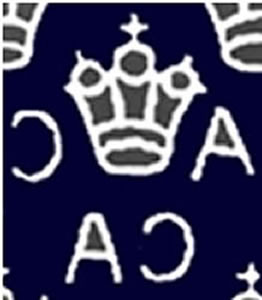 |
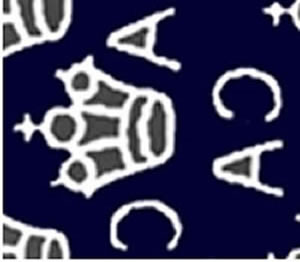 |
| Watermark Multiple Crown CA Crown to the Right of CA |
Watermark Multiple Crown CA |
Watermark Multiple Crown CA Crown to the Left of CA |
| The normal watermark is sideways with crown to the left of CA on all stamps. | ||
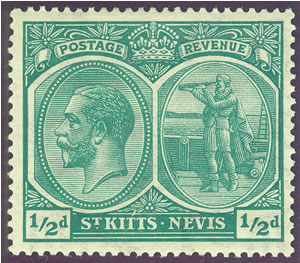 |
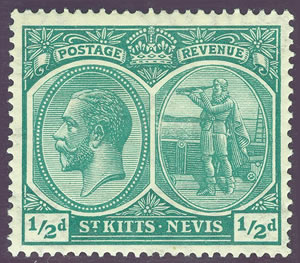 |
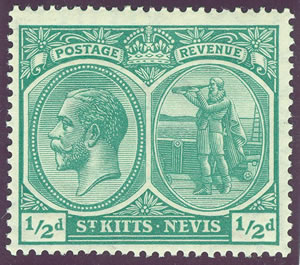 |
| CW G16 - SG 37 - ST 37 1/2d Blue-Green |
CW G16a - SG 37 - ST 37 1/2d Deep Blue-Green |
CW G16b - SG 37 - ST 37 1/2d Dull Blue-Green |
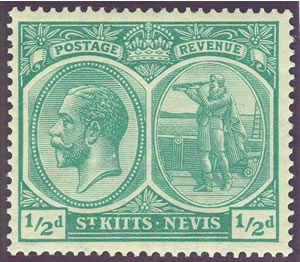 |
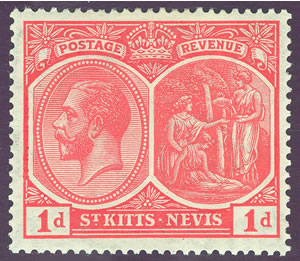 |
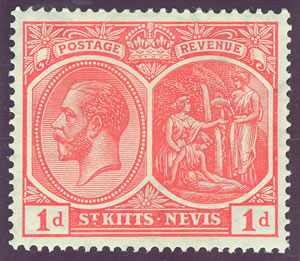 |
| CW G16c - SG 37a - ST 37 1/2d Yellow-Green |
CW G17 - SG 38 - ST 38 1d Rose-Carmine |
CW G17a - SG 38 - ST 38 1d Rose-Red |
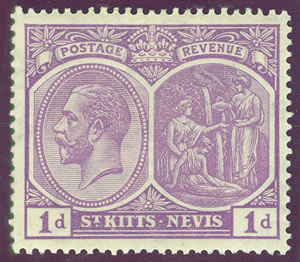 |
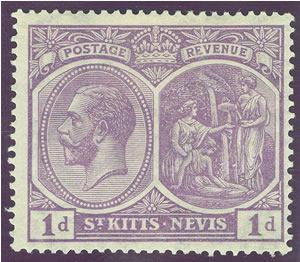 |
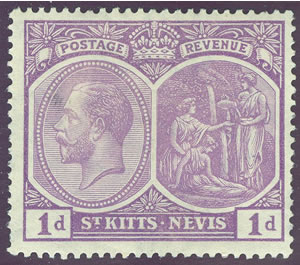 |
| CW G18 - SG 39 - ST 39 1d Deep Violet |
CW G18a - SG 39a - ST 39 1d Dull Violet |
CW G18b - SG 39 - ST 39 1d Bright Mauve |
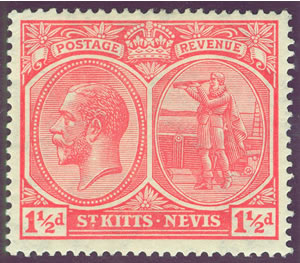 |
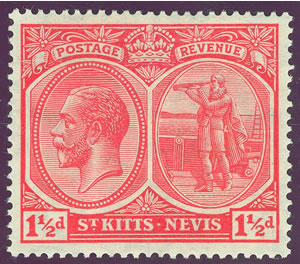 |
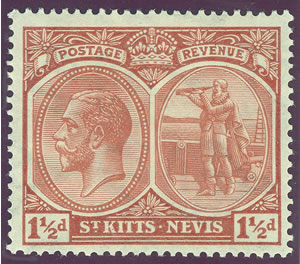 |
| CW G19 - SG 40 - ST 40 1-1/2d Rose-Red |
CW G19a - SG 40 - ST 40 1-1/2d Carmine-Red |
CW G20 - SG 40a - ST 41 1-1/2d Red-Brown |
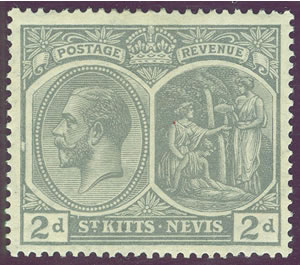 |
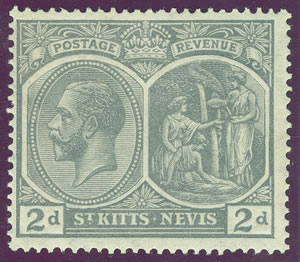 |
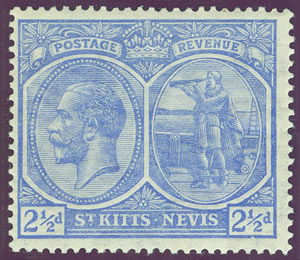 |
| CW G21 - SG 41 - ST 42 2d Grey |
CW G21a - SG 41 - ST 42 2d Slate-Grey |
CW G22 - SG 42 - ST 43 2-1/2d Pale Bright Blue |
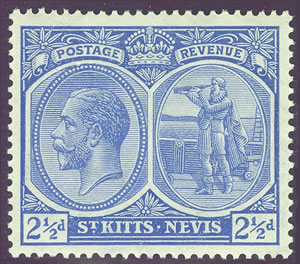 |
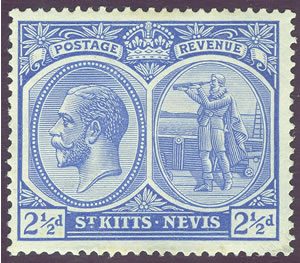 |
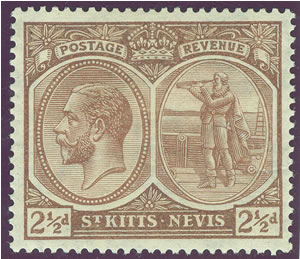 |
| CW G22a - SG 44 - ST 43 2-1/2d Ultramarine Ordinary Paper |
CW G22b - SG 44 - ST 43 2-1/2d Ultramarine Chalk Paper |
CW G23 - SG 43 - ST 44 2-1/2d Brown |
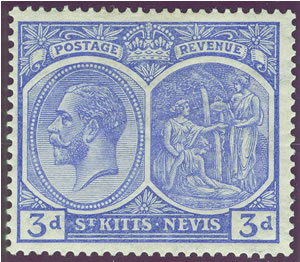 |
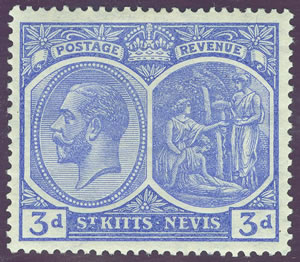 |
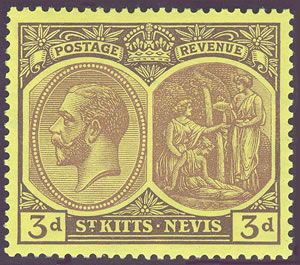 |
| CW G24 - SG 45 - ST 45 3d Dull Ultramarine |
CW G24a - SG 45 - ST 45 3d Bright Ultramarine |
CW G25 - SG 45a - ST 46 3d Deep Purple Golden Yellow Paper |
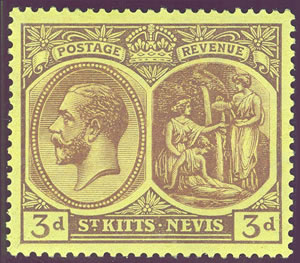 |
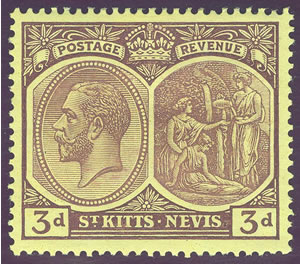 |
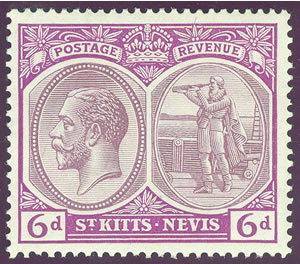 |
| CW G25a - SG 45a - ST 46 3d Purple Yellow Paper |
CW G25b - SG 45a - ST 46 3d Purple Pale Yellow Paper |
CW G26 - SG 46 - ST 47 6d Dull Purple & Bright Purple |
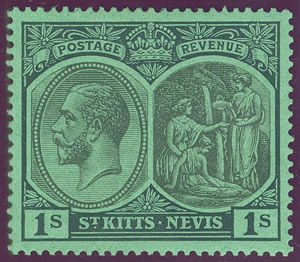 |
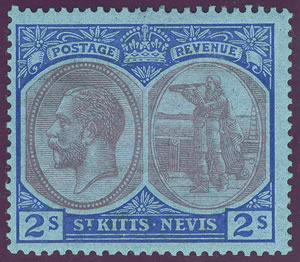 |
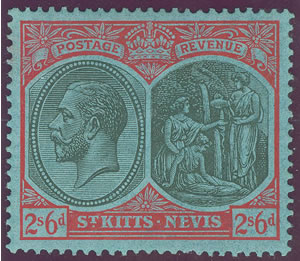 |
| CW G27 - SG 46b - ST 48 1/ Black Emerald Paper |
CW G28 - SG 47 - ST 49 2/ Purple & Blue Blue Paper |
CW G29 - SG 47a - ST 50 2/6 Black & Red Blue Paper |

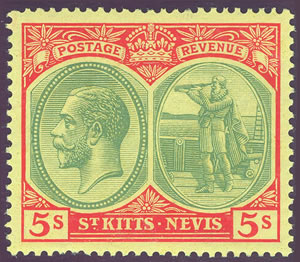
5/ Green & Red
Lemon Paper
5/ Green & Red
Pale Yellow Paper
This article was written to help you identify your stamps.
Please feel free to ask a question, or include a correction.